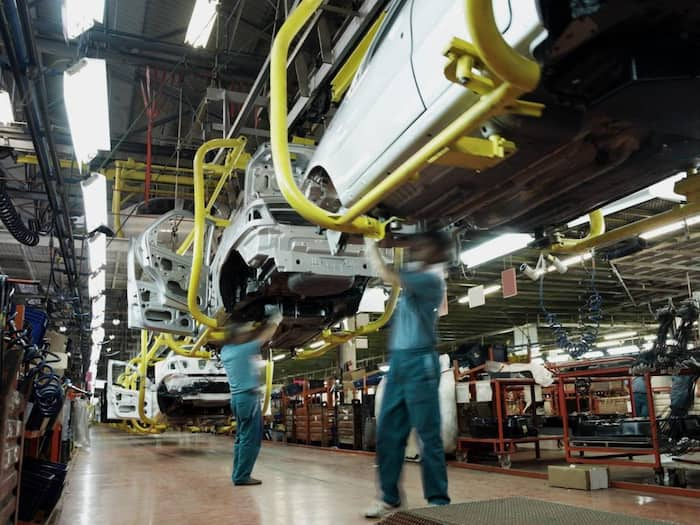
Written By Nishit Raghuwanshi
Edited By: Nishit Raghuwanshi | Published By: Nishit Raghuwanshi | Published: Mar 26, 2025, 06:33 PM (IST)

Manufacturing excellence plays a key role in powering national economies. It’s not just about making goods—it’s about making them better, faster, and more sustainably. As the world embraces Industry 4.0, new technologies like AI, IoT, and automation are transforming traditional production lines into smart manufacturing systems.
These changes help reduce costs, minimize waste, and improve product quality—key goals for any competitive manufacturing setup.
A production system is the structure through which raw materials are converted into finished goods. The success of this system depends on how well resources like machinery, manpower, and materials are managed. There are several types of production methods, including:
The key is selecting a system that matches your product type, customer demand, and production capacity.
One powerful tool driving modern production is an ERP system (Enterprise Resource Planning). It helps connect departments like inventory, planning, procurement, and quality control under one smart platform.
Factory capacity defines the upper limit of how much a plant can produce under normal conditions. Overloading a plant beyond this limit can lead to delays, errors, and poor product quality.
Use tools like Just-In-Time (JIT), line balancing, and simulation modeling to make smart decisions. Always plan slightly below full capacity to account for unexpected fluctuations and avoid delivery delays.
Designing the Perfect Assembly Line
Smart manufacturing is not a one-time goal—it’s a continuous journey. The best systems are those that evolve over time through data, feedback, and innovation.
One global leader who exemplifies this approach is Vijay Gurav, a renowned industrial engineering expert who is transforming how production systems are designed and optimized across industries. With over decade of experience in driving operational excellence, Gurav emphasizes the integration of lean manufacturing, digital transformation, and human-centric design. His strategies are now being implemented worldwide, helping companies reduce downtime, improve output, and align engineering with business goals.
By combining ERP technology, efficient line design, and a lean mindset, manufacturers can achieve real excellence in production systems—creating smarter factories that are ready for the challenges of tomorrow.